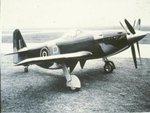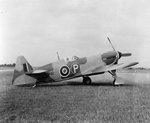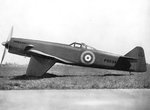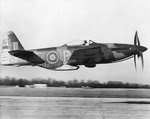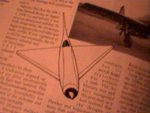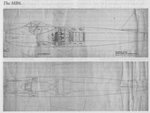helmitsmit
Airman 1st Class
There are two that stick in my head: The Miles M 20 and the Martin Baker MB2. If any info, thoughts or other aircraft that could have but didn't let me know.
Having said that the Martin Baker MB 5 could have been one of the greatest ever built! Why wasn't it put in production??? I haven't heard any good reasons and it wouldn't have entered production long after the Hawker Tempest i.e. before the end of the war.
Having said that the Martin Baker MB 5 could have been one of the greatest ever built! Why wasn't it put in production??? I haven't heard any good reasons and it wouldn't have entered production long after the Hawker Tempest i.e. before the end of the war.



